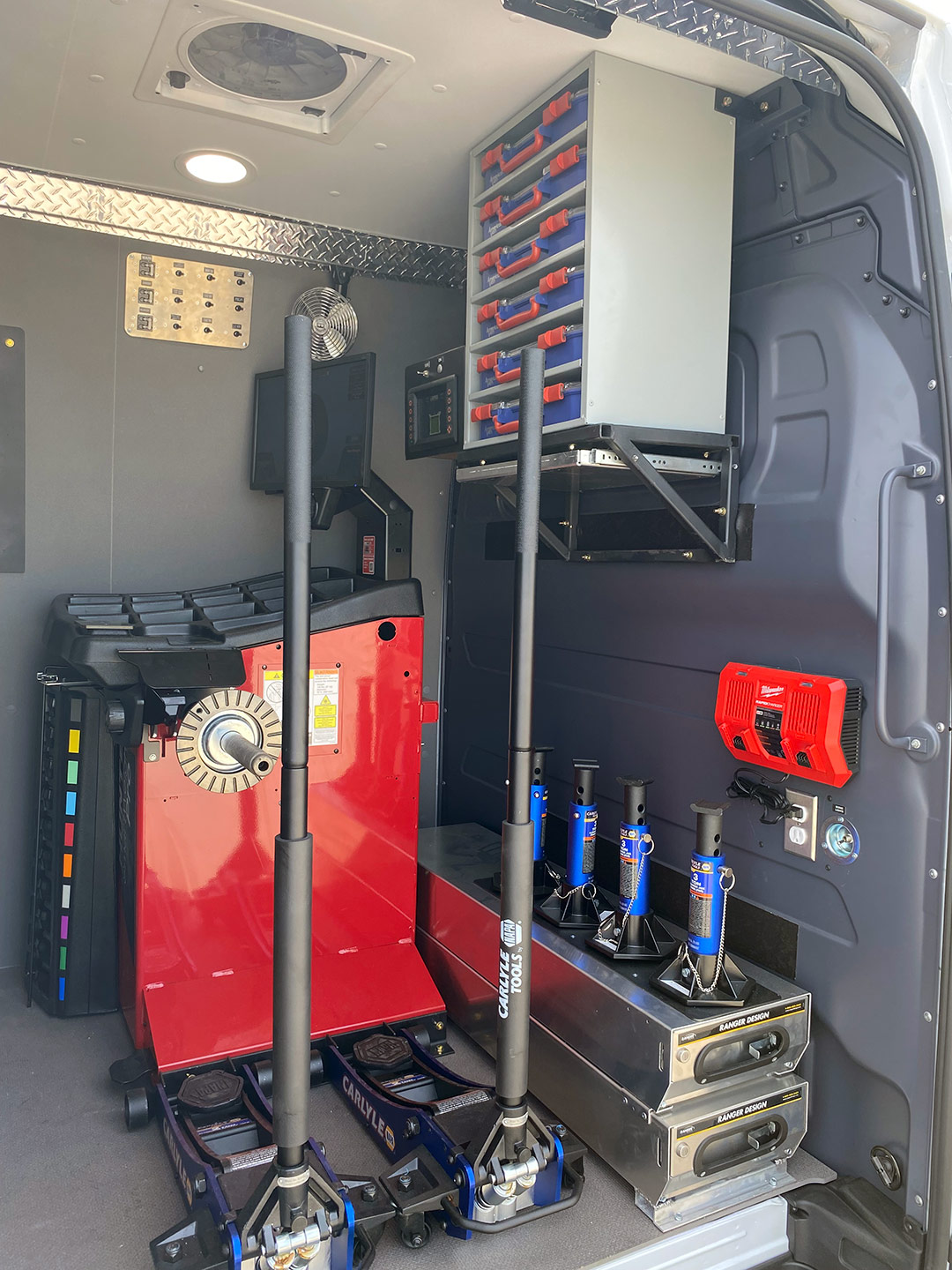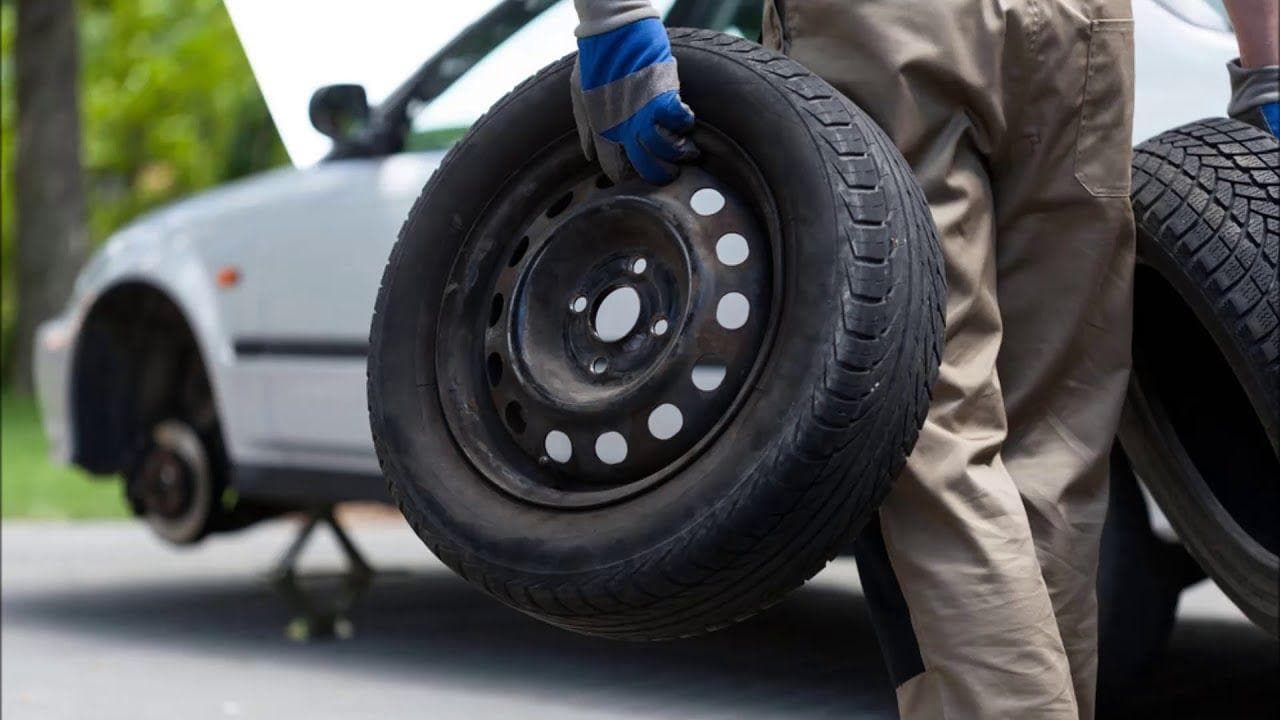Emergency Mobile Tire Service Available in Las Vegas
Emergency Mobile Tire Service Available in Las Vegas
Blog Article
Tire Solution: Proven Techniques for Ideal Tire Upkeep and Care
Maintaining optimum tire problem is critical for both safety and efficiency of any type of vehicle. From making certain appropriate tire stress to normal rotation and alignment, there are tested methods that can dramatically prolong the lifespan of your tires and improve overall driving experience. As we check out the intricacies of tire treatment and upkeep, we will discover important standards that every car proprietor ought to abide by for the best feasible results. Allow's explore the globe of tire service and uncover the tricks to maintaining your tires in superior shape for the long run.
Importance of Tire Pressure
Appropriate tire stress is a vital factor in making sure optimum vehicle performance and safety and security when traveling. Preserving the recommended tire pressure levels provided by the maker provides many advantages. Adequate tire pressure advertises far better fuel effectiveness, as under-inflated tires can lead to raised rolling resistance, creating the engine to work tougher and eat more fuel. Secondly, correct tire stress makes certain even tread wear, enhancing tire long life and conserving money in the future by postponing the need for premature replacements. In addition, appropriately pumped up tires add to improved handling and stopping abilities, important for safe driving in numerous road problems. Over-inflated tires, on the other hand, can cause decreased grip and a harsher experience. On the other hand, under-inflated tires are prone to getting too hot, which can lead to blowouts and crashes. On a regular basis adjusting and inspecting tire stress, specifically soon trips, is an easy yet reliable way to boost vehicle efficiency, expand tire lifespan, and focus on safety and security on the road.
Tire Rotation Guidelines
When considering tire turning guidelines, it is necessary to comprehend the importance of this upkeep task in taking full advantage of tire life expectancy and keeping optimal automobile performance. Tire turning involves transforming the setting of each tire on a vehicle to make sure even walk wear. Front tires tend to put on much more quickly than rear tires due to steering pressures, making normal turning essential for well balanced wear patterns.

Advantages of Wheel Positioning
Making sure proper wheel positioning after tire turning is essential for keeping balanced wear patterns and taking full advantage recommended you read of vehicle efficiency. Wheel placement refers to the modification of the angles of the wheels to the manufacturer's specs. Among the vital benefits of wheel placement is enhanced handling her comment is here and steering reaction. When the wheels are effectively lined up, it reduces guiding effort, ensuring a smoother and a lot more regulated driving experience. In addition, proper wheel placement aids to extend the lifespan of your tires. Misaligned wheels can cause uneven tire wear, resulting in premature tire replacement and increased maintenance prices.

Tire Footstep Depth Check
Carrying out a regular examination of tire walk depth is important for maintaining secure driving conditions and prolonging the life-span of your tires. Unequal tread wear can show problems with tire suspension, stress, or positioning, highlighting the significance of regular walk depth checks. By including tire walk depth checks right into your routine upkeep routine, you can drive with confidence recognizing that your tires are in top condition.
Seasonal Tire Examination
Seasonal tire assessment is an essential element of tire maintenance that guarantees tires are ready to face the challenges posed by various climate problems. In prep work for wintertime, it is crucial to examine the tire stress consistently as cold temperature levels can create tire stress to drop. By carrying out routine seasonal tire inspections, vehicle drivers can lengthen tire life expectancy, improve fuel efficiency, and most importantly, make certain a safe and secure driving experience in differing weather condition conditions.
Verdict
To conclude, preserving appropriate tire pressure, revolving tires on a regular basis, lining up wheels properly, keeping track of tread depth, and performing seasonal assessments are vital methods for optimal tire treatment. By complying with these verified methods, vehicle drivers can ensure their tires last longer, do better, and add to total automobile safety and security. It is you can try these out necessary to focus on tire maintenance to prevent crashes, enhance fuel effectiveness, and prolong the life-span of tires.
Sufficient tire pressure advertises much better gas efficiency, as under-inflated tires can lead to raised rolling resistance, causing the engine to function tougher and eat even more fuel.When considering tire turning standards, it is necessary to understand the value of this upkeep job in optimizing tire lifespan and maintaining ideal automobile efficiency. Seasonal tire inspection is a fundamental element of tire upkeep that makes certain tires are all set to face the challenges positioned by different weather condition problems. By performing regular seasonal tire examinations, drivers can prolong tire lifespan, enhance fuel effectiveness, and most significantly, make sure a safe driving experience in differing climate problems.
In verdict, keeping correct tire stress, revolving tires consistently, straightening wheels appropriately, monitoring tread depth, and conducting seasonal inspections are essential practices for ideal tire care.
Report this page